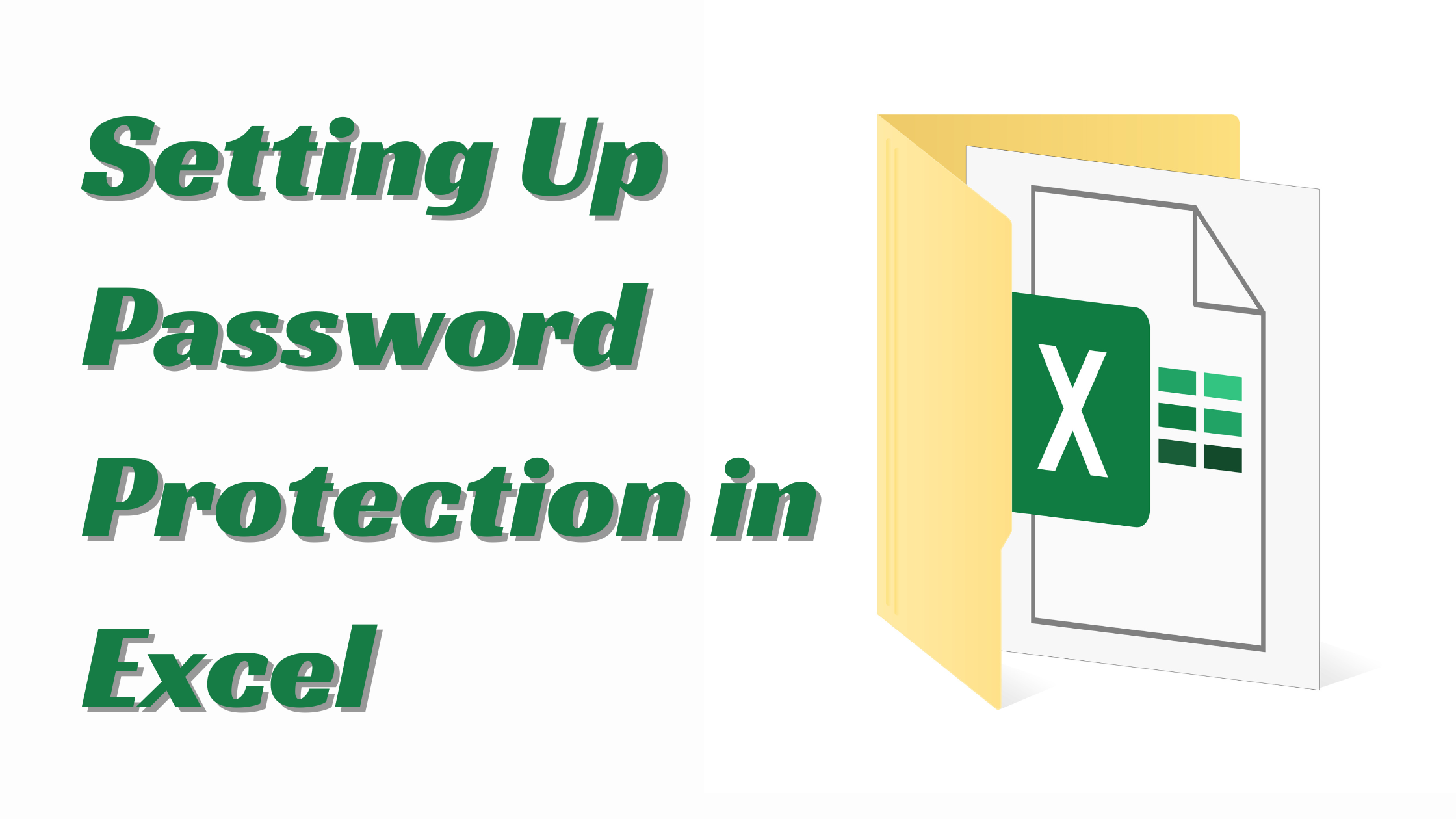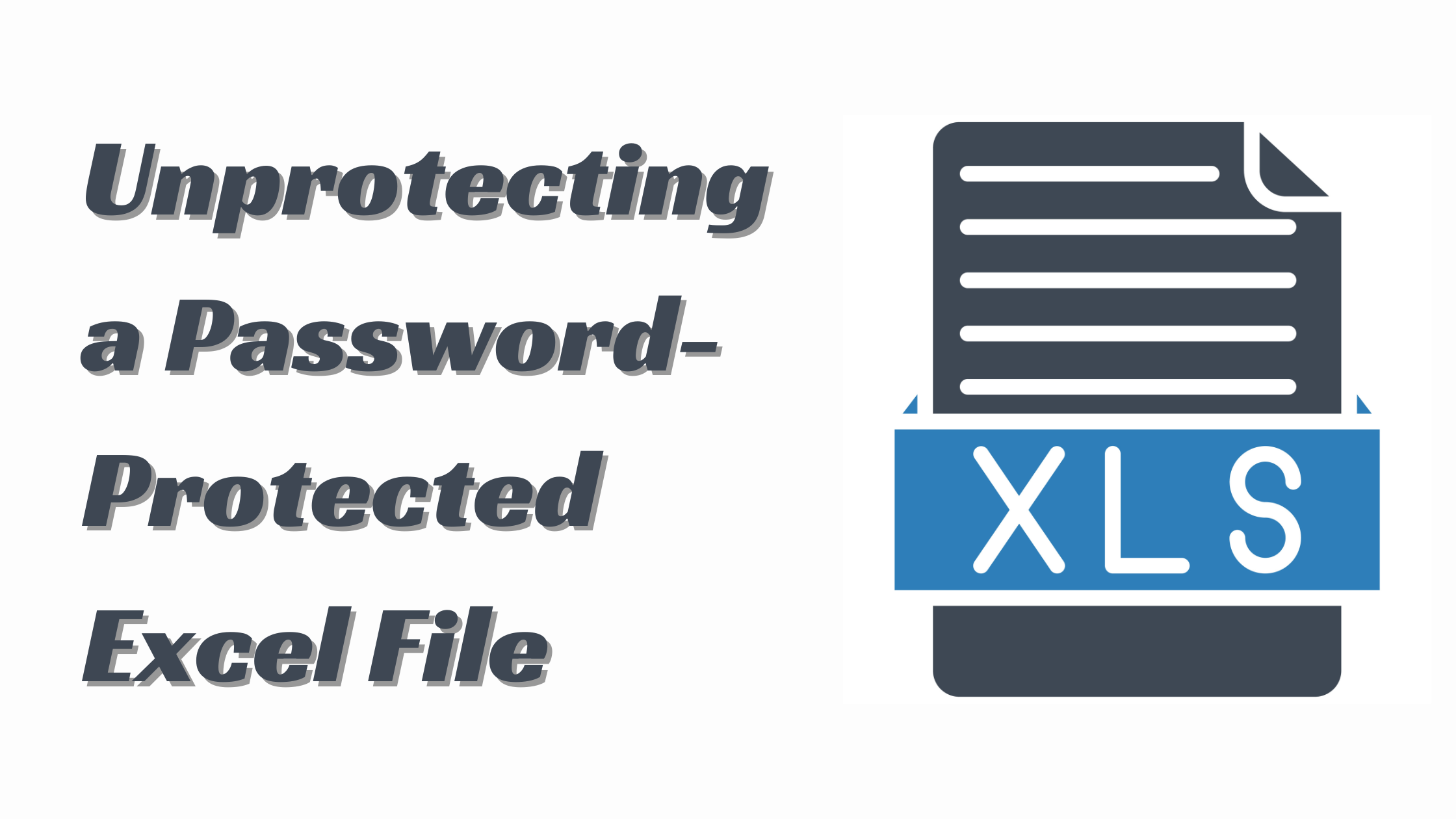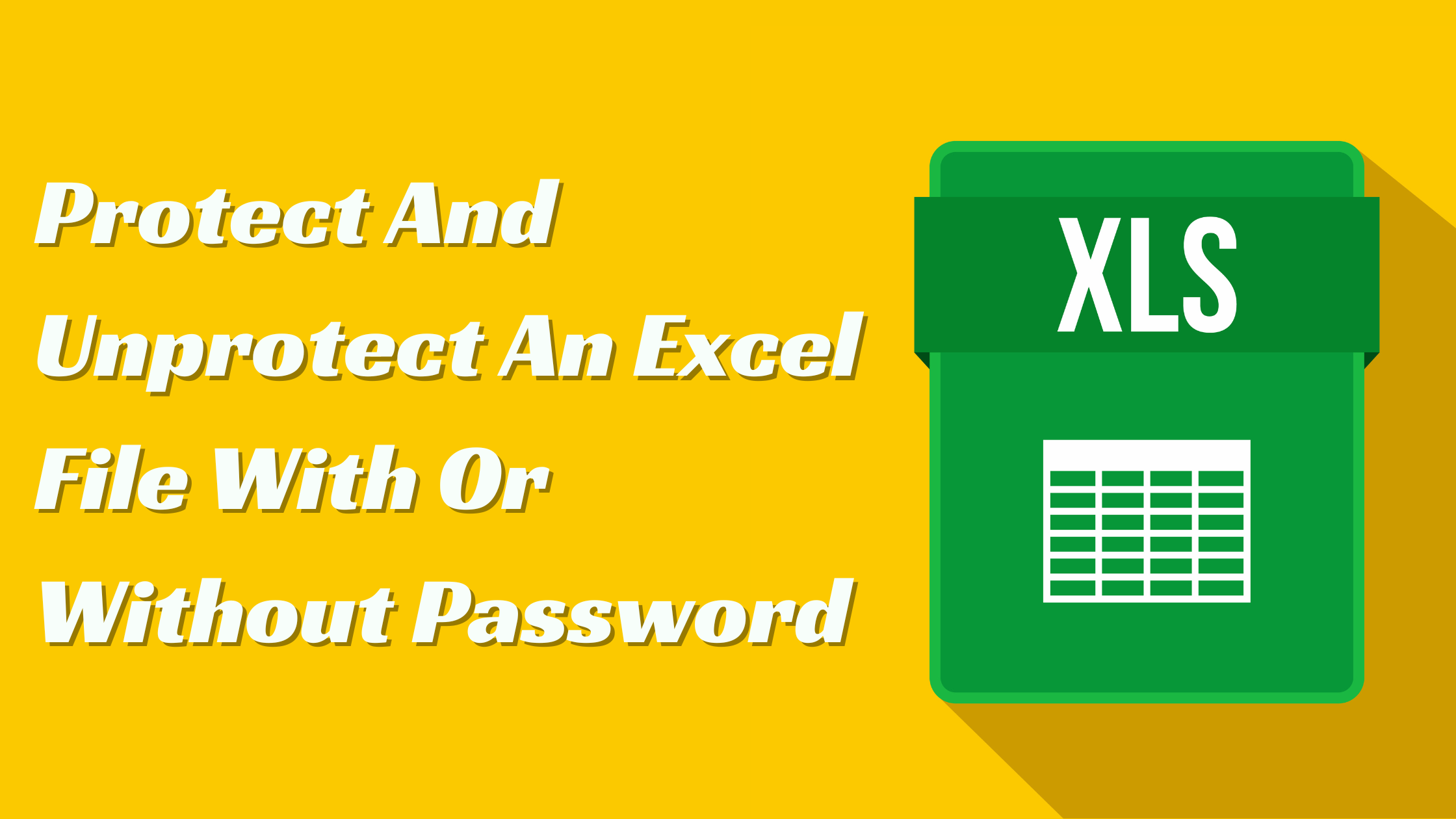How To Protect And Unprotect An Excel File With Or Without Password
- 1 Understanding Excel File Protection
- 2 Setting Up Password Protection in Excel
- 3 Unprotecting a Password-Protected Excel File
- 4 Protecting an Excel File Without a Password
- 4.1 Using Read-Only Option to Protect Excel Files
- 4.2 Protecting Specific Cells or Worksheets in Excel
- 5 Unprotecting an Excel File Without a Password
In today’s digital age, protecting sensitive information is of utmost importance. Excel files, often containing valuable data, are no exception. In this blog post, we will explore the various methods to protect and unprotect an Excel file, both with and without a password.
Understanding Excel File Protection
Before we dive into the details of protecting and unprotecting Excel files, let’s understand the significance of securing these files.
Excel files are a cornerstone of modern business operations, often serving as repositories for critical information that drives decision-making processes. From financial records tracking revenue and expenses to customer information essential for targeted marketing campaigns, these files are a treasure trove of data. Additionally, they may house trade secrets or proprietary formulas that give companies a competitive edge in the market. Given the sensitive nature of the contents, ensuring the security of Excel files is paramount to safeguarding the interests of the organization.
Importance of Protecting Excel Files
Excel files can contain confidential data such as financial records, customer information, or trade secrets. Protecting such files safeguards the confidentiality and integrity of the data they hold. Unauthorized access to this information can lead to severe consequences, including financial loss or reputational damage.
Moreover, in today’s interconnected digital landscape, the risk of cyber threats looms large. Malicious actors are constantly seeking ways to infiltrate systems and steal sensitive data for nefarious purposes. By implementing robust protection measures for Excel files, organizations can fortify their defenses against such threats and mitigate the potential impact of security breaches.
Different Levels of Excel File Protection
Excel offers multiple levels of protection to cater to different security requirements. These levels include protecting the entire workbook, specific sheets, or even individual cells within a sheet. Understanding these options allows you to tailor the protection to meet your particular needs.
Excel provides the flexibility to set different permission levels for users accessing the file. This granular control empowers administrators to define who can view, edit, or share the data within the workbook, ensuring that sensitive information remains accessible only to authorized personnel. By leveraging these advanced protection features, organizations can uphold data privacy standards, comply with regulatory requirements, and foster a culture of trust and accountability within their operations.
Setting Up Password Protection in Excel

To ensure the highest level of security for your Excel files, password protection is often employed.
Excel is a powerful tool for managing and analyzing data, making it crucial to safeguard sensitive information. Password protection adds an extra layer of security, preventing unauthorized access to your files.
Steps to Password Protect an Excel File
- Open the Excel file you wish to protect.
- Click on the “File” tab located in the top-left corner of the Excel window.
- Select “Protect Workbook” from the list of options.
- Choose “Encrypt with Password” from the drop-down menu.
- Enter the strong password that appears in the dialogue box.
- Click “OK” to apply the password protection.
By following these steps, you can enhance the security of your Excel files and have peace of mind knowing that your data is protected from unauthorized access.
Tips for Creating a Strong Password
When setting a password for your Excel file, it is crucial to create a robust and complex password that is difficult to guess. Here are some tips to consider:
- Use a combination of uppercase and lowercase letters.
- Include numbers, special characters, and spaces if allowed.
- Avoid common words or phrases.
- Create a unique password for each file and avoid reusing passwords.
Remember, the strength of your password plays a significant role in protecting your data. Taking the time to create a robust password can safeguard your Excel files from potential security breaches.
Unprotecting a Password-Protected Excel File

There may be situations where you need to unprotect a password-protected Excel file. Let’s explore the methods to accomplish this.
When dealing with password-protected Excel files, it is essential to understand the various approaches available for unprotecting them. Whether you have the password on hand or have unfortunately forgotten it, there are solutions to regain access to your essential data.
How to Unprotect an Excel File with a Known Password
If you are aware of the password used to protect the file, follow these steps to unprotect it:
- Open the password-protected Excel file.
- Click on the “File” tab located in the top-left corner of the Excel window.
- Select “Protect Workbook” from the list of options.
- Choose “Encrypt with Password” from the drop-down menu.
- Delete the existing password from the dialogue box.
- Click “OK” to remove the password protection.
By following these steps, you can effortlessly remove the password protection from your Excel file, allowing you to access and modify its contents without any restrictions.
What to Do If You Forget Your Password
Forgetting the password to an Excel file can be a stressful situation. However, you can still regain access to your file by following these steps:
- Search for a third-party password recovery tool designed explicitly for Excel files.
- Install and run the password recovery tool on your computer.
- Choose the option to recover or remove the password from the Excel file.
- Simply Follow the screen instructions being provided by the tool to complete process.
When faced with a forgotten password, it is crucial to remain calm and explore alternative solutions, such as password recovery tools to unlock your Excel file. These tools utilize advanced algorithms to decrypt the password-protected file, ensuring that you can regain access to your data swiftly and efficiently.
Protecting an Excel File Without a Password

While password protection is a robust security measure, it is not the only option available. Let’s explore alternative methods to protect your Excel files without using a password.
When it comes to safeguarding your sensitive data in Excel, there are various strategies you can employ beyond traditional password protection. By implementing additional layers of security, you can enhance the integrity of your files and prevent unauthorized access.
Using Read-Only Option to Protect Excel Files
The “Read-Only” option in Excel allows you to protect your files from being modified without affecting the accessibility of the data. To enable this feature, follow these steps:
- Open the Excel file you want to protect.
- Click on the “File” tab located in the top-left corner of the Excel window.
- Select “Save As” from the list of options.
- Choose a destination to save the file and provide a new name if needed.
- Under the “Save As Type” dropdown, select “Excel Workbook (*.xlsx).”
- Tick the box that says “Read-only Recommended.”
- Click “Save” to apply the read-only protection to the file.
By setting your Excel file as read-only, you can prevent accidental changes while still allowing users to view and interact with the data. This feature is handy when sharing files with multiple collaborators, ensuring that the original content remains intact.
Protecting Specific Cells or Worksheets in Excel
If you want to protect only specific cells or worksheets within an Excel file, follow these steps:
- Open the Excel file and navigate to the sheet or cells you wish to protect.
- Right-click on the selected cells or the sheet tab.
- Choose “Format Cells” or “Protect Sheet” from the context menu, respectively.
- Set the desired formatting options or protection settings.
- Click “OK” to save the changes and apply the protection.
By selectively protecting individual cells or worksheets, you can control who can edit specific parts of your Excel file. This granular approach to security allows you to tailor access permissions based on the sensitivity of the information contained in different sections of the spreadsheet.
Unprotecting an Excel File Without a Password
If you find yourself in a situation where you need to remove protection from an Excel file that does not have a password, fret not, as there are methods available to assist you in achieving this task.
Excel files can sometimes be protected in various ways, such as read-only protection or protection of specific cells or worksheets. Below, you will find detailed instructions on how to remove these protections without the need for a password.
Removing Read-Only Protection from Excel Files
To eliminate the read-only protection from an Excel file, carefully adhere to the following steps:
- Open the Excel file you wish to modify.
- Locate and click on the “File” tab situated on the top-left corner of the Excel window.
- From the list of options presented, select “Protect Workbook.”
- Opt for “Encrypt with Password” from the drop-down menu that appears.
- In the dialogue box that surfaces, remove the password that was previously set.
- Finalize the process by clicking on “OK,” effectively removing the read-only protection from the file.
Unprotecting Specific Cells or Worksheets in Excel
If your goal is to unprotect specific cells or worksheets within an Excel file, the steps below will guide you through the process:
- Open the Excel file that contains the protected cells or worksheets.
- Right-click on either the protected cells or the sheet tab, depending on your requirements.
- For protected cells, select “Format Cells” from the context menu. For protected worksheets, choose “Protect Sheet.”
- Turn off the formatting options or protection settings that were previously enabled.
- Complete the process by clicking “OK,” thereby removing the protection from the selected cells or worksheet.
By meticulously following the steps above, you can effectively manage the protection settings of your Excel files, ensuring the security and integrity of your valuable data.

















